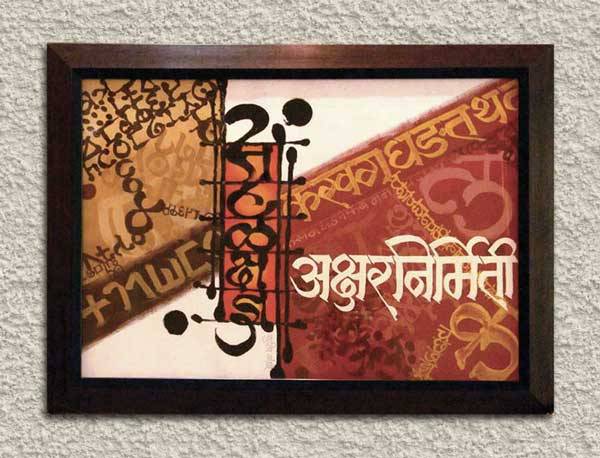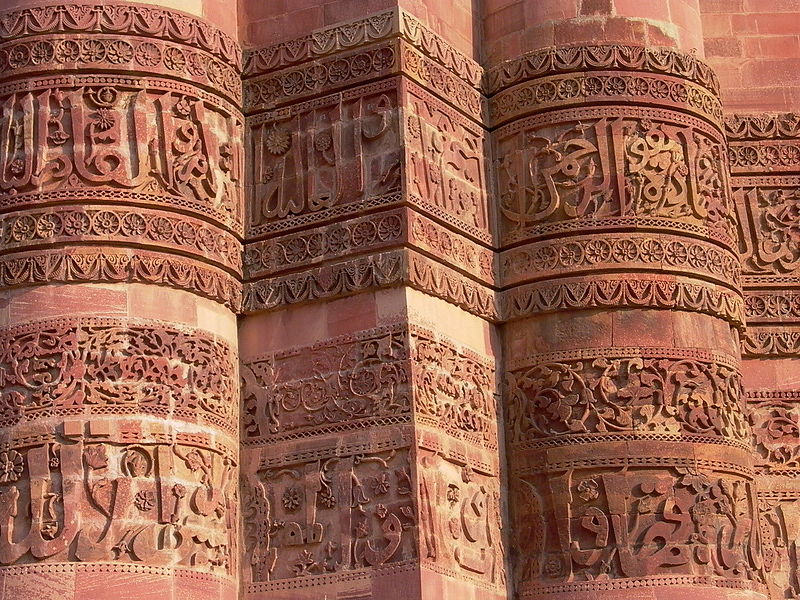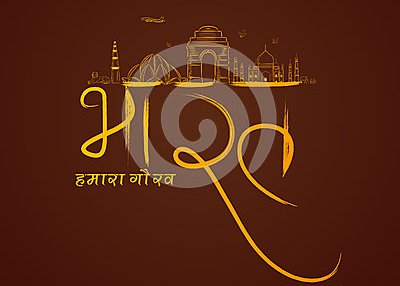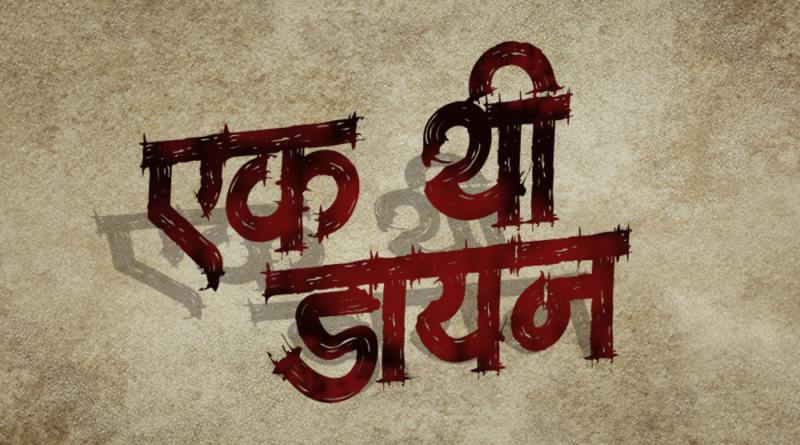Calligraphy – A form of expression in India
Calligraphy is a visual art related to writing. It is the design and execution of lettering with a broad tip instrument, brush, or other writing instruments. A contemporary calligraphic practice can be defined as “the art of giving form to signs in an expressive, harmonious, and skillful manner”.
Features of Indian calligraphy
Religious texts are the most frequent vehicle for calligraphy in India. Monastic Buddhist communities had members trained in calligraphy and shared responsibility for duplicating sacred scriptures. Jaina traders incorporated illustrated manuscripts celebrating Jaina saints. These manuscripts were produced using inexpensive material, like palm leave and birch, with fine calligraphy.
Aśoka’s edicts (c. 265–238 BC) were committed to stone. These inscriptions are stiff and angular in form. Following the Aśoka style of Indic writing, two new calligraphic types appear: Kharoṣṭī and Brāhmī. Kharoṣṭī was used in the northwestern regions of India from the 3rd century BC to the 4th century of the Christian Era, and it was used in Central Asia until the 8th century.
In many parts of ancient India, the inscriptions were carried out in smoke-treated palm leaves. This tradition dates back to over two thousand years. Even after the Indian languages were put on paper in the 13th century, palm leaves where considered a preferred medium of writing owing to its longevity (nearly 400 years) compared to paper. Both sides of the leaves were used for writing.
Long rectangular strips were gathered on top of one another, holes were drilled through all the leaves, and the book was held together by string. Books of this manufacture were common to Southeast Asia. The palm leaf was an excellent surface for penwriting, making possible the delicate lettering used in many of the scripts of southern Asia.
 Burnt clay and copper were a favoured material for Indic inscriptions. In the north of India, birch bark was used as a writing surface as early as the 2nd century AD. Religious texts are the most frequent vehicle for calligraphy in India. Monastic Buddhist communities had members trained in calligraphy and shared responsibility for duplicating sacred scriptures. Jaina traders incorporated illustrated manuscripts celebrating Jaina saints. These manuscripts were produced using inexpensive material, like palm leave and birch, with fine calligraphy.
Burnt clay and copper were a favoured material for Indic inscriptions. In the north of India, birch bark was used as a writing surface as early as the 2nd century AD. Religious texts are the most frequent vehicle for calligraphy in India. Monastic Buddhist communities had members trained in calligraphy and shared responsibility for duplicating sacred scriptures. Jaina traders incorporated illustrated manuscripts celebrating Jaina saints. These manuscripts were produced using inexpensive material, like palm leave and birch, with fine calligraphy.
By
Ar. Soniya Tiwari


I have to thank you for the efforts you
have put in penning this blog. I am hoping to view
the same high-grade blog posts by you later on as
well. In fact, your creative writing abilities has motivated me
to get my own site now 😉